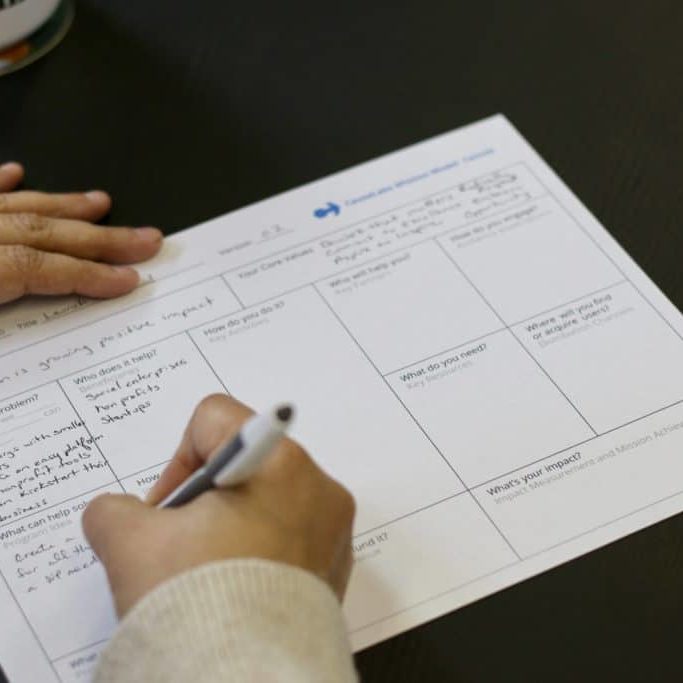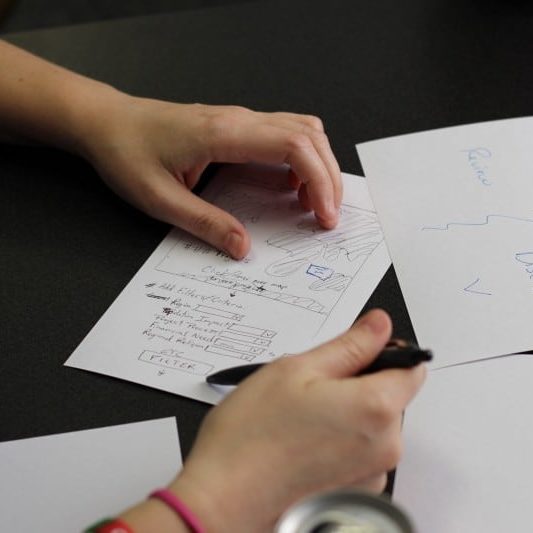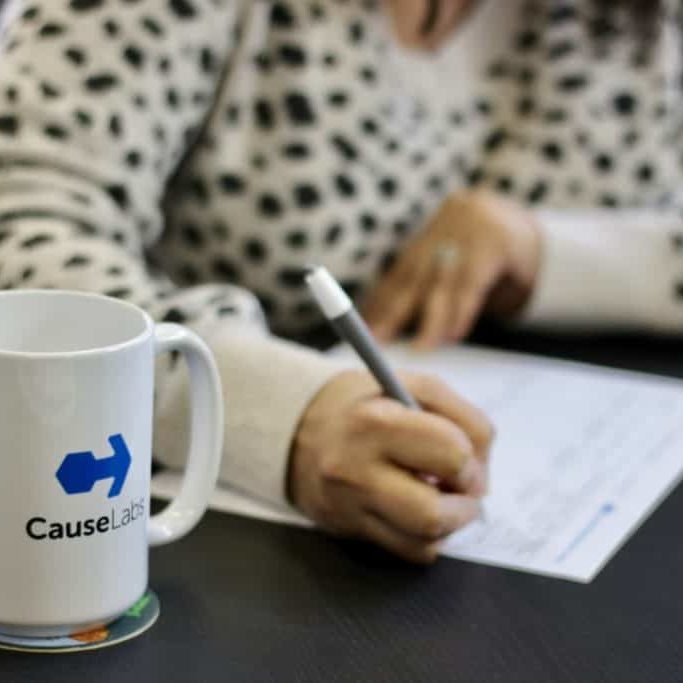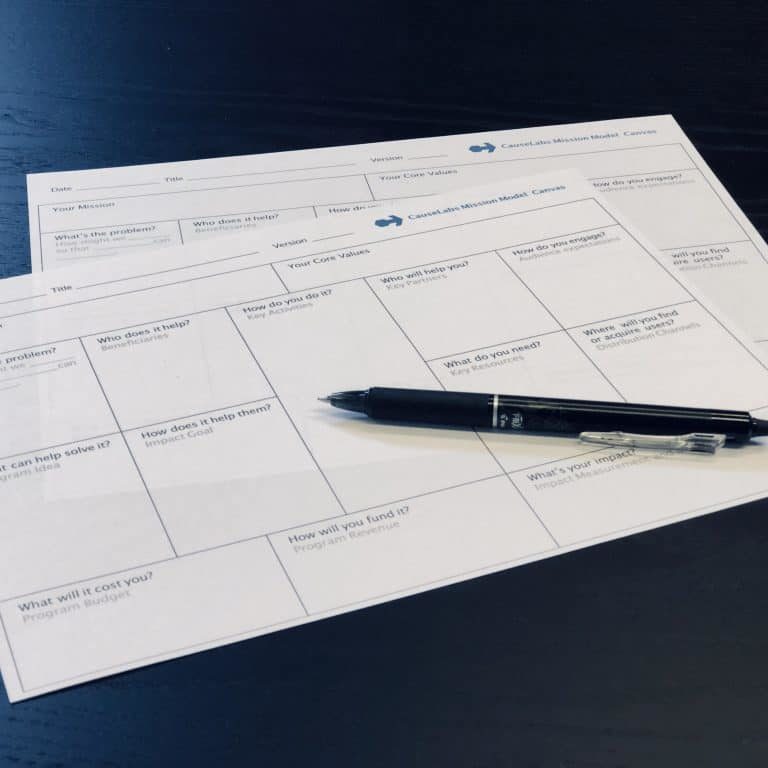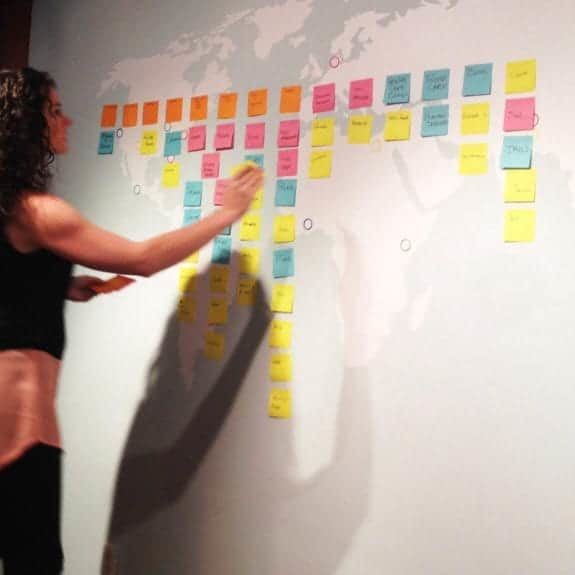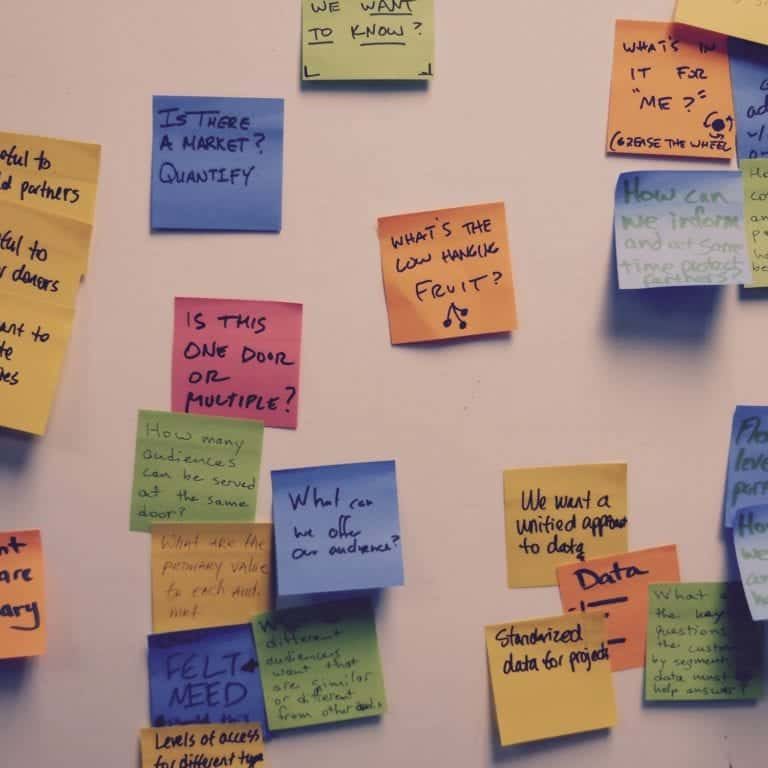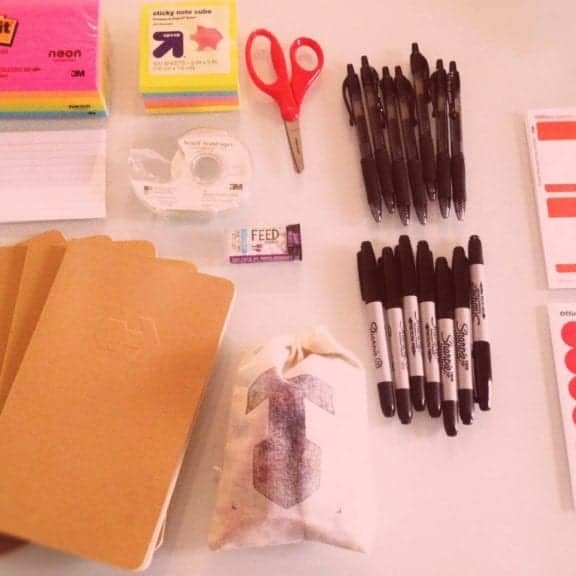This is part three of our guide to the Mission Model Canvas: your business plan cheat sheet. Read part one and part two in our journals. Previously, we walked through (4) Write a potential solution, (5) Identify who you will help, and answered (6) “How will this solution make an impact?” In this article, we […]
